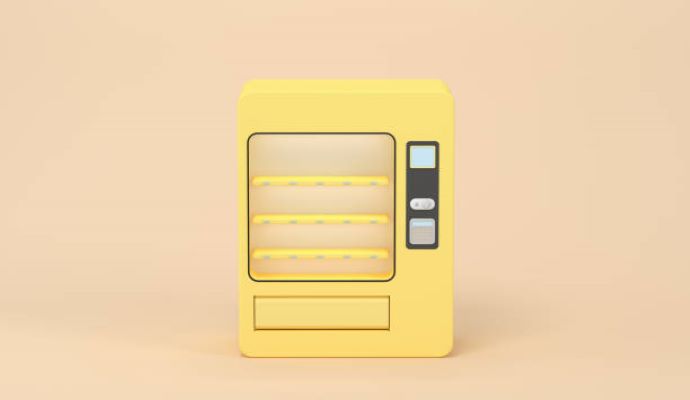Naloxone Vending Machines Prevented Almost 1,000 Deaths
In a study conducted by the University of Cincinnati in collaboration with Caracole, researchers found that naloxone vending machines prevented nearly 1,000 deaths.

Source: Getty Images
- Based on data from the CDC, since 1999, there have been nearly one million overdose-related deaths. In 2020, the United States reported 91,799 overdose deaths, a 31% increase from the previous year. With drug overdose and addiction rates on the rise, clinicians and public health experts are looking for unique and effective ways to minimize the carnage of the ongoing opioid epidemic. As part of a recent study published in the Journal of the American Pharmacist Association, the University of Cincinnati, working with Caracole, implemented naloxone vending machines, preventing nearly 1,000 deaths.
The study notes that, in 2021, the US reported 107,622 overdose deaths, another rise from previous years. Daniel Arendt, PharmD, assistant professor at the University of Cincinnati and author of the study, noted, “with overdose deaths rising rapidly, it is imperative that prevention efforts focus on expanding proven, evidence-based strategies to curb overdose death rates such as targeted naloxone distribution and syringe service programs (SSPs),” in the publication.
Caracole placed a vending machine outside an SSP. According to the University of Cincinnati News (UC News), anyone can call Caracole and complete a quick and anonymous survey to be given an access code, available for 90 days. People may also re-enroll every 90 days.
Throughout the enrollment process, clients can communicate directly with harm reduction counselors who also provide information on HIV and hepatitis C prevention and testing, substance use disorder treatment and care for pregnant individuals, and housing programs.
In addition to counseling services, each code (renewable every 90 days) allows the client to dispense two injectable doses of naloxone, two nasal spray doses of naloxone, a sharps disposal kit, a safe injection kit, a safer smoking kit, personal protective equipment, a safe sex kit, a pregnancy test, and a box of bandages every seven days.
According to the Journal of the American Pharmacist Association, 637 individuals registered for the program in the first year. Approximately 12% of those patients had never previously used harm reduction services. Researchers note that in the first year of use, the machine dispensed 3,360 naloxone doses.
In addition to the results reported by the journal, UC News reported that a total of 911 people had used the machine since installation, making it the largest harm-reduction supplier in the county.
“You would never tell someone who has wildly uncontrolled diabetes to get their blood sugar in check before we will help them or give them insulin,” Arendt told UC News. “So it is critical to recognize that substance use is not a moral failing, and it’s not this thing that should be stigmatized. Instead, we can acknowledge that drug use is becoming increasingly risky, and we can use that recognition to help spur the development of new, innovative methods of providing people with the care, services, and support that they need, no strings attached.”
Editor's Note: This article has been edited to reflect the Caracole had placed the machine, not the researchers.
